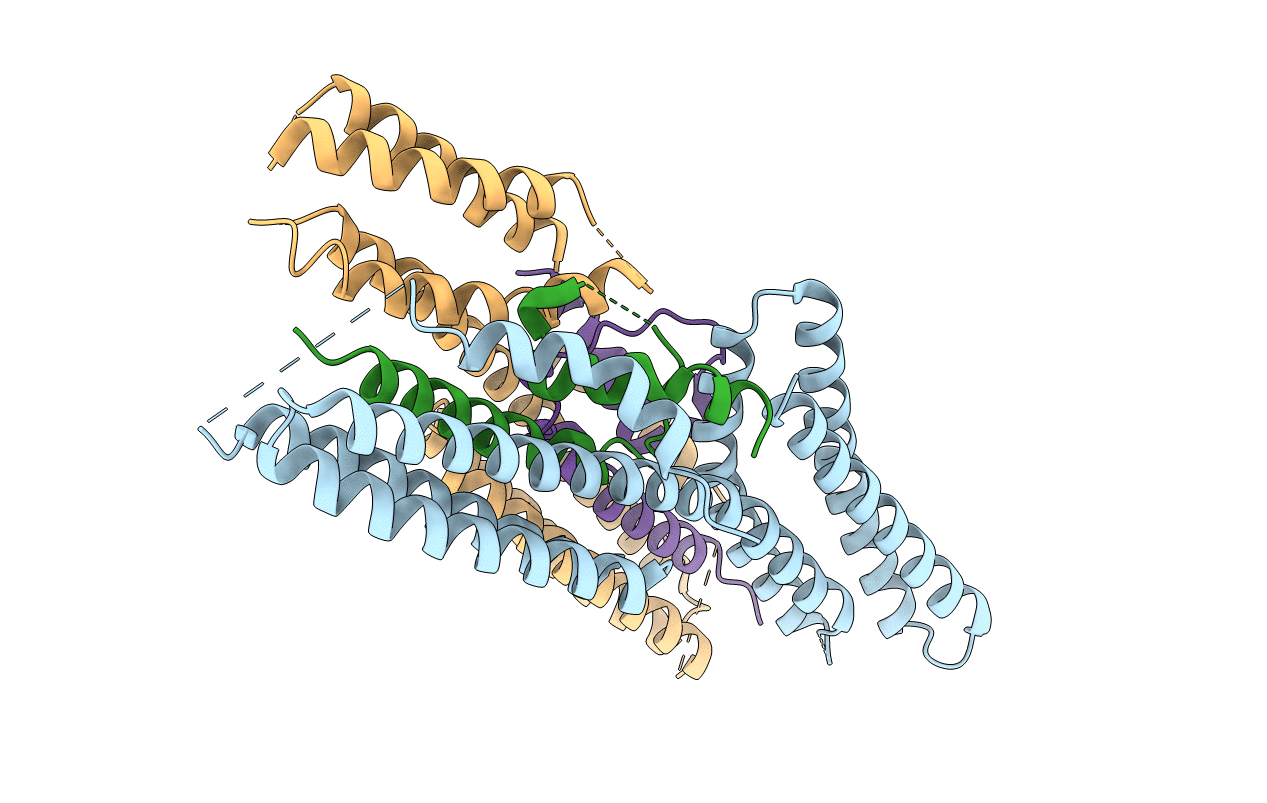
Deposition Date
2014-01-29
Release Date
2014-04-09
Last Version Date
2024-02-28
Entry Detail
PDB ID:
4ONS
Keywords:
Title:
Structural and thermodynamic characterization of cadherin-beta-catenin-alpha-catenin complex formation
Biological Source:
Source Organism:
Mus musculus (Taxon ID: 10090)
Host Organism:
Method Details:
Experimental Method:
Resolution:
2.80 Å
R-Value Free:
0.26
R-Value Work:
0.20
R-Value Observed:
0.20
Space Group:
P 31


